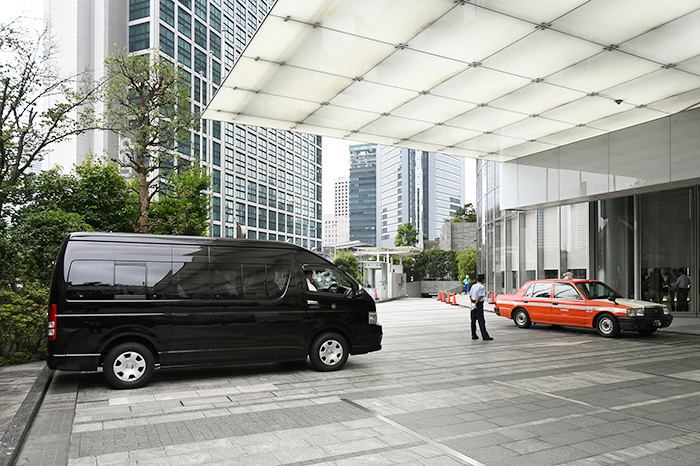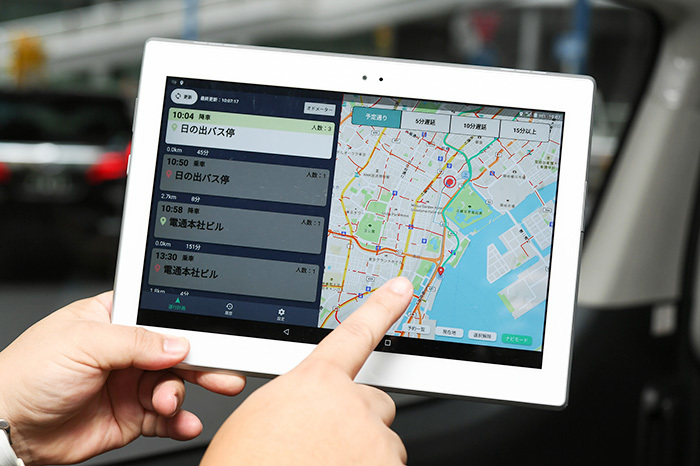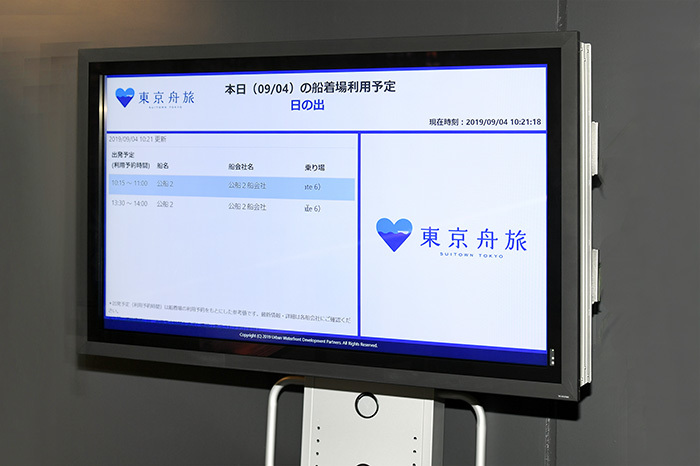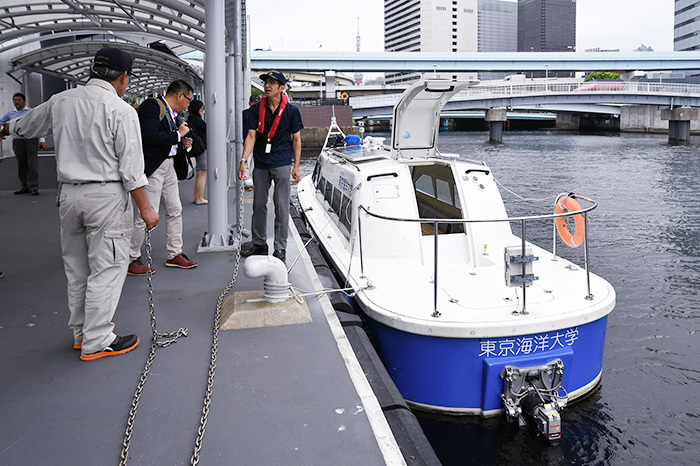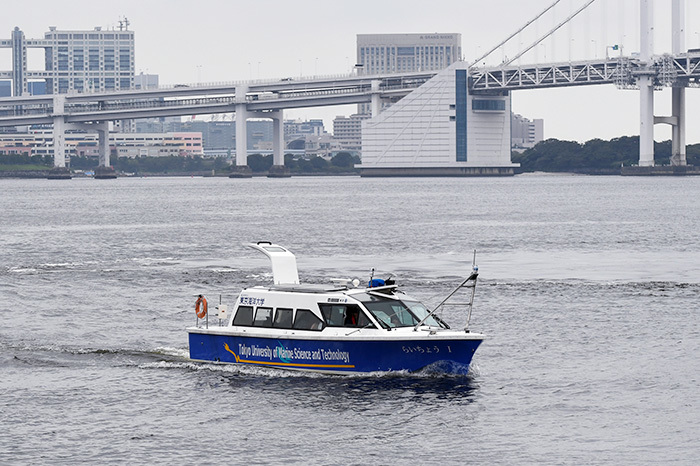You've probably heard the term "MaaS" (Mobility as a Service) popping up lately. It refers to integrated mobility services that combine land, sea, and air transportation options, packaging everything from search to booking to payment into one seamless experience. With its strong compatibility with autonomous driving technology, its realization in the near future is highly anticipated.
While transferring between multiple modes of transport to reach a destination has always been commonplace, it required tedious planning. For example, you'd calculate your arrival time at the destination, then check ferry company reservation sites for availability and purchase tickets. Next, you'd calculate the time needed to reach the nearest station, search train schedules on a smartphone app, buy a ticket at the station, and board...
If multiple transportation modes could coordinate, it would create an incredibly convenient service! With this in mind, we conducted a proof-of-concept experiment in early September.
Transferring from car to ship with one app
This time, the theme was "car" and "ship." The route involved departing by car from Dentsu Inc. headquarters in Shiodome, Tokyo, and boarding a ship at the pier at Hinode Wharf. The key innovation was remotely operating this ship using "autonomous driving" technology.
First, upon boarding the car at the departure point, a tablet device inside the car displays route guidance from departure to arrival. It looks like a car navigation screen, but upon closer inspection, it shows the entire route sequence from car to boat.
For this proof-of-concept experiment, a human driver was involved, but the future vision is this: you specify your destination in a single MaaS app, and an autonomous vehicle comes to pick you up right in front of your house. The car automatically starts when it detects you boarding. Along the way, transfers to other modes like ships or trains are handled seamlessly within the same app. From the station, another autonomous vehicle takes you to your final destination at the optimal time and via the best route – a dream-like system. This experiment was a step toward realizing that future, perhaps a slightly more advanced version of today's "Uber."
Arriving at Hinode Pier, we head to the terminal lounge. Digital signage displays information about the ship we'll board, but here, we proceed straight to the boarding area without purchasing tickets – truly stress-free. With MaaS, waiting times disappear too.
The "Raichō I" is Tokyo University of Marine Science and Technology's battery-powered ship. Yes, it's an electric autonomous ship, not just an electric vehicle. It can sail for about three hours on a full charge. MaaS initiatives could also link with this kind of "eco" approach.
And now, we set sail for Tokyo Bay! While departure and docking still require manual operation, the ship eventually switches to remote-controlled "autonomous driving" mid-journey.
The ship proceeds under remote-controlled "autonomous driving"
Relying on the ship's Wi-Fi antenna and cameras, a control room on land takes over steering. This time, the control room was a room in a nearby building. Depending on the communication environment, the coverage area extends about 2 km radius within Tokyo Bay.
Once remote control is engaged, the vessel proceeds without the pilot's hands on the controls. It doesn't just move forward; the operation, including maintaining the appropriate angle relative to the waves, is managed from the slightly distant control room by visually monitoring the vessel, reviewing camera footage, and analyzing various data.
This was a proof-of-concept experiment, so the pilot on the boat and the control room worked in coordination. However, fully autonomous operation is planned for the future.
The ship completed a full circuit of the bay and returned to the pier. In the near future, it may be possible for a ship to transport passengers between two points, with the next car already waiting at the destination dock.

Technologically, this is already achievable.
As mentioned earlier, when transportation modes and operating companies are separate, users must make reservations and payments with each individual company. While wharf and infrastructure development is necessary, the technology has advanced to the point where it can integrate the operating systems of different companies and enable partial unmanned operation of the vessels.
For example, what used to take 20-30 minutes by train from Kachidoki to Shinagawa could actually be a 5-minute trip by boat using a shortcut. Or, after dining near the port, you could take an unmanned boat for a shortcut from there, then transfer to an autonomous vehicle to get home. This kind of "all-in-one booking" for your entire journey will become possible.
Based on the results of this demonstration, we plan to advance the development of various solutions, including a pier reservation management system, and promote our MaaS business.

